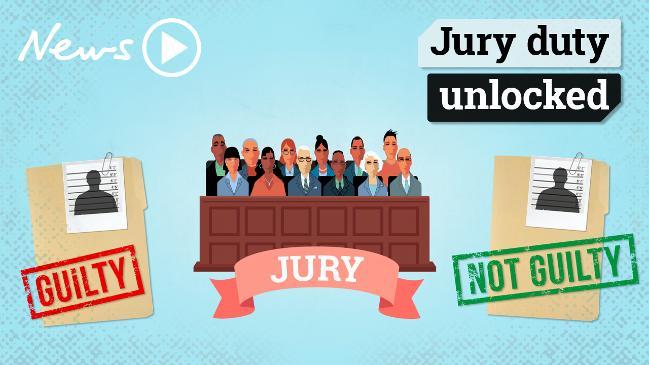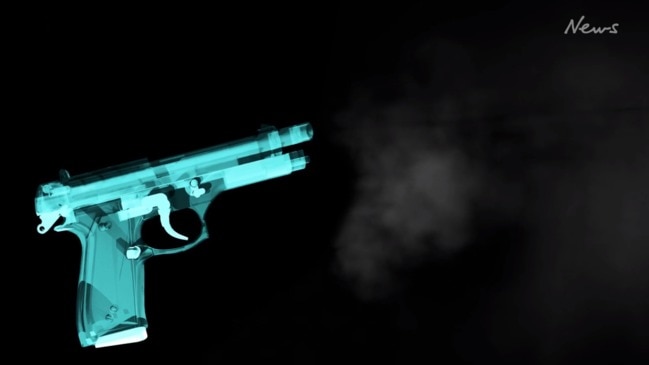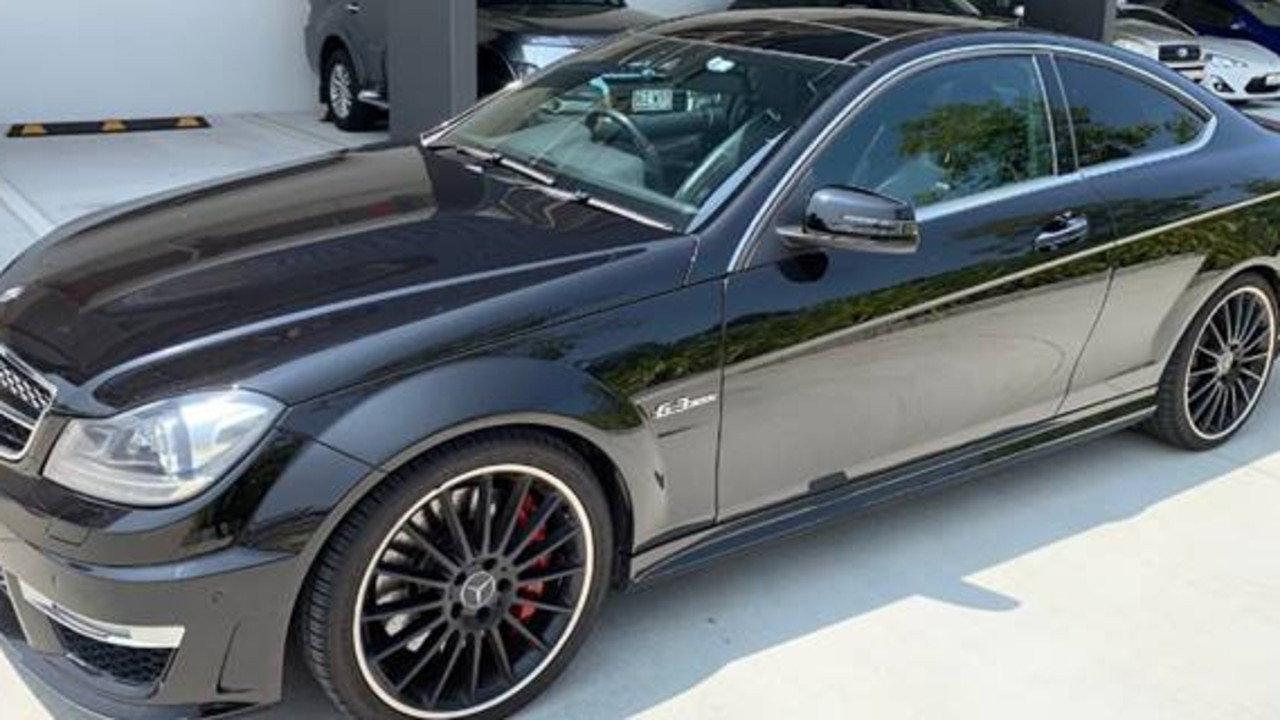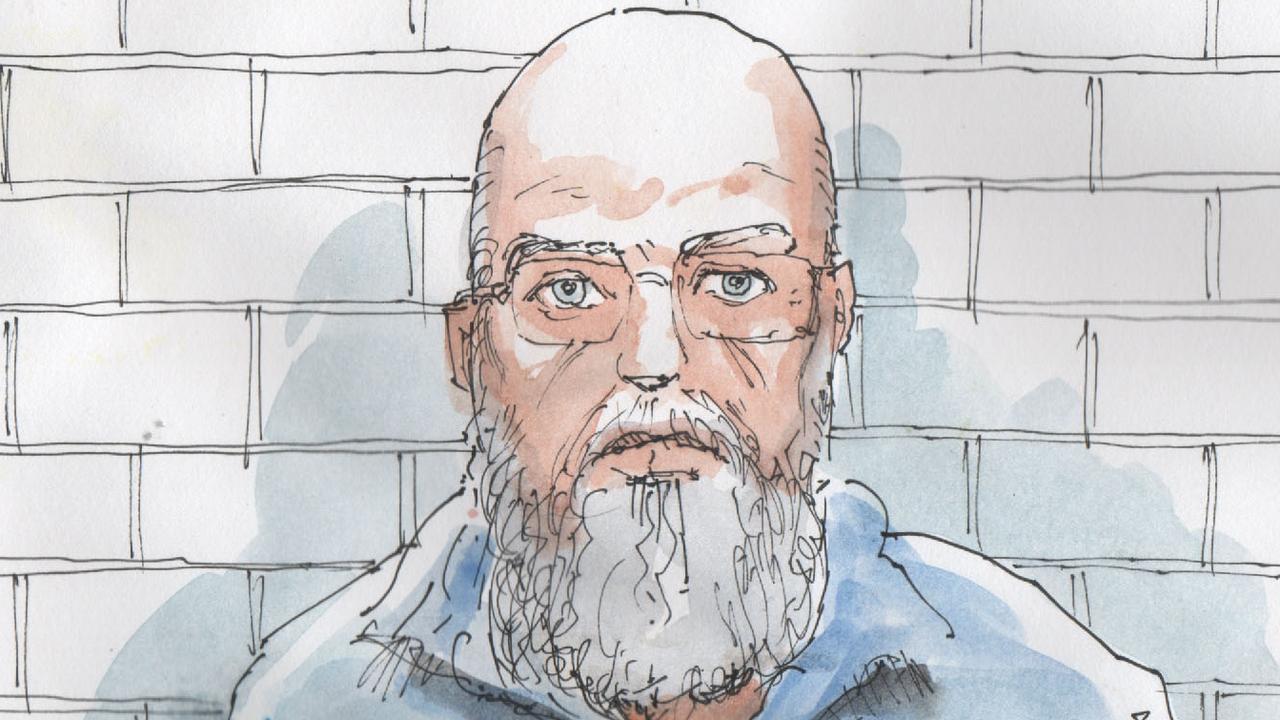University of SA investigates using virtual reality to walk trial juries through crime scenes
Juries could be taken back to the scene of alleged crimes without ever leaving the courtroom thanks to virtual reality technology being developed in Adelaide.

Law and Order
Don't miss out on the headlines from Law and Order. Followed categories will be added to My News.
Juries could be taken to the scene of alleged crimes without leaving the courtroom thanks to virtual reality technology being developed in Adelaide.
The University of SA is investigating whether jurors can better understand complicated forensic evidence by experiencing it first-hand through VR headsets.
Lead researcher and PhD candidate Carolin Reichherzer said police already generated 3D crime scene recreations for cases including the 2014 Lindt Cafe terror attack.
However, those recreations – made using photos, videos and laser scanning – were only for investigators and not shown to jurors.
“This is the next step in what law enforcement is already doing – it takes things one step further so regular people will be able to see, more easily, what actually happened,” Ms Reichherzer said.
“That’s something we can do very easily with virtual reality because it’s very immersive and makes you feel as if you are at the crime scene.”
Currently, jurors are taken on tours – called “views” – of crime scenes during trials.
Those views are expensive, sometimes require travel to remote locations and occur months or even years after an alleged offence.

The UniSA study, supervised by Professor Bruce Thomas, is being conducted in conjunction with police, forensic and legal experts in Australia and New Zealand.
It is also being supported by the Data to Decisions CRC.
In its first phase, volunteers were virtually walked through three different “crime scenes” with markers indicating the location of key “evidence”.
They were also given written descriptions of where that “evidence” was located.
Volunteers reported feeling less overwhelmed and frustrated by complicated evidence and forensic materials as they were more “physically present” in the case.
Ms Reichherzer said VR could provide more reliable data than photographs, videos or sketches but could not yet compare to a real-life view.
She said the study would attempt to address that shortcoming in its next phase.
“We’re going to create a fictional hit-run scene with everything still in place, such as the car being where the ‘witness’ reported seeing it,” she said.
The second phase would also incorporate high-level forensic matters, such as the patterns formed by blood spatter and the trajectories of bullets.

“Sometimes the question is not ‘whodunit?’ but what was their intent,” she said.
“A person might claim they fired a warning shot, but it might be that they were actually trying to kill a person.
“We’re hoping jurors will be able to better understand where the bullet went, and that will help them make sense of which (version) is more likely.”
To register as a volunteer for the study, please email carolin.reichherzer@unisa.edu.au.


